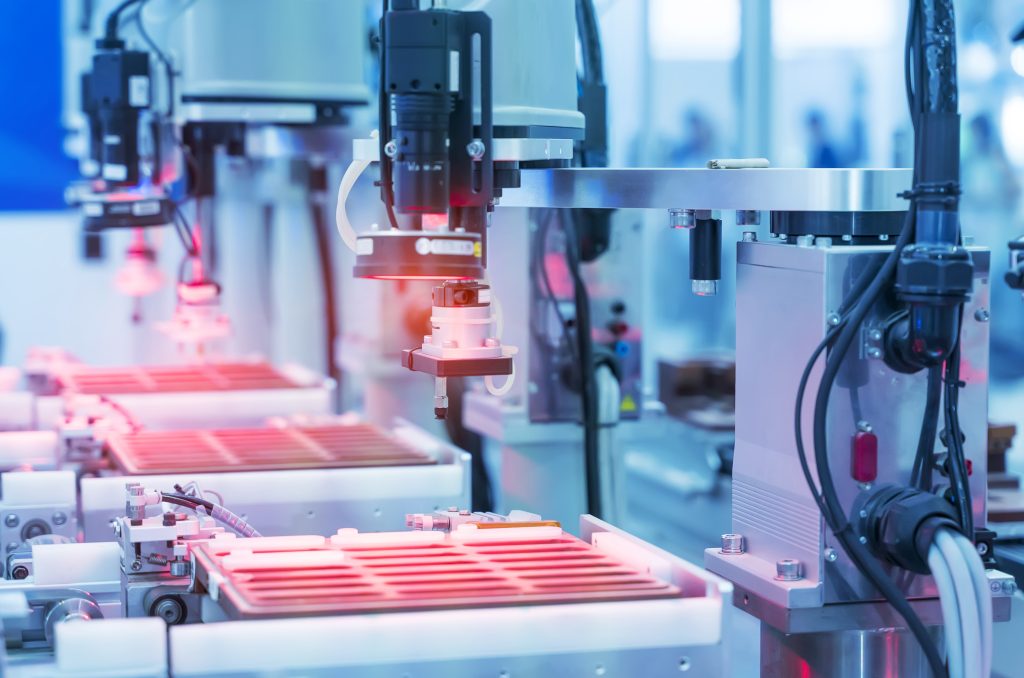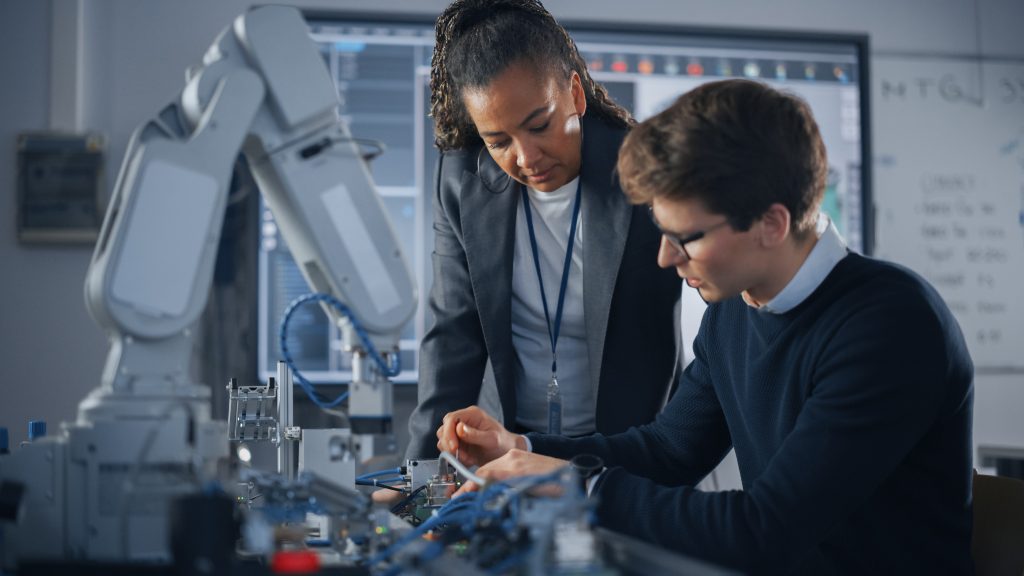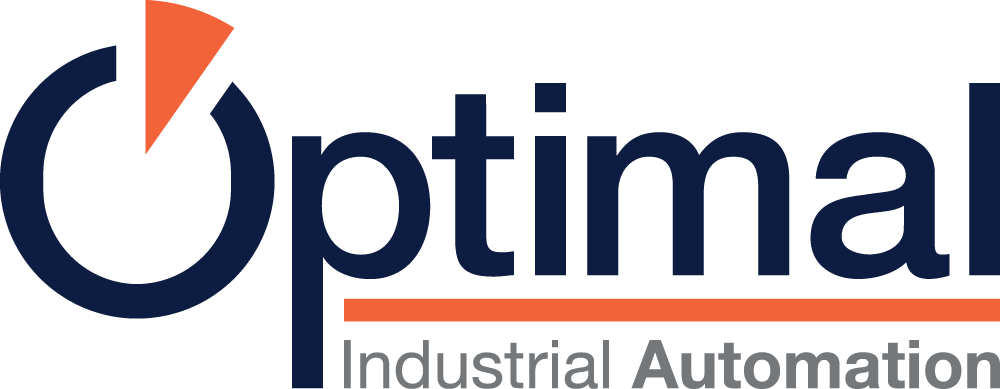Nov 14th, 2023
Fully integrated robot vision systems are on the rise, but what does it takes to create a good one?
Combined robotics and vision systems are pushing the boundaries of industrial automation applications and enhancing their capabilities. These advancements are enabling end users to considerably improve their operations when it comes to speed, performance and accuracy. Creating value-adding automated machines that leverage both robotics and vision systems, however, requires expert skills.
Benedict Yelf, Machine Vision and Automation Engineer at Optimal Industrial Automation, discusses the opportunities as well as what to consider when developing a successful robotic application coupled with machine vision functions.
The role and prevalence of robots are continuing to transform shop floors worldwide, enabling companies to create ever more efficient industrial environments to satisfy increasingly ambitious market demands. Machines involving robotics can offer a wealth of benefits to their users, conducting repetitive tasks for prolonged periods with high reproducibility and speed. At the same time, they are helping to improve the wellbeing of operators, taking on potentially harmful tasks, e.g. handling heavy items or operating in hazardous areas. Furthermore, collaborative solutions can be deployed to directly assist employees in their activities within shared workspaces.
While robots can truly complement automated machines and lines, even their most advanced models have limited spatial awareness and lack a level of cognition about their surroundings. This limits their potential, specifically in areas where precision is required or the environment changes around them. Applications such as pick and place within the pharmaceutical industry or processes with a tight tolerance, such as drilling within the aerospace industry, would be conventionally difficult and would greatly benefit from robot vision. Thanks to the latest developments in this field, it is possible to overcome these challenges and create extremely powerful and versatile solutions. These not only improve conventional solutions involving robotics, but also expand the potential uses, supporting more processes with highly flexible setups.
The most common pick-and-place systems include examples where vision-enabled robots can sort, load, pack, assemble or discard items. In addition, companies can benefit from their gluing and dispensing solutions, machines for in-process quality checks, as well as scanning and code reading units. Furthermore, as the latest robots and vision systems are easier than ever to integrate with additional hardware, such as sensors, laser scanners, PLCs and mobile devices, the seemingly impossible can be turned into reality. This can be seen when looking at the rise of autonomous mobile robots (AMRs) and autonomous guided vehicles (AGVs). These can navigate around the factory floor, moving products and inventory, seeing and acting accordingly to the world around them.
Multi-component systems involve multi-faceted considerations
This expansion of possible robotics applications requires high levels of automation expertise to design, develop and implement valuable solutions.
A key aspect when looking to adopt vision-enabled robotic systems is defining the most suitable components. In addition to typical considerations on budget, payload, processing rate, space available and type of gripper, other parameters need to be factored in. These include illumination and ambient light (environmental lighting), image processing speed, properties of the objects that are to be assessed by the vision system as well as the compatibility of the different machine components.
In practice, it is important to look for a vision system that can reliably identify the items that the robot needs to interact with while considering its impact on the overall investment. For example, when handling elements that vary greatly in terms of colour and/or shape, solutions can range in complexity. These may involve changing the angle of the lighting or using advanced lighting options, such as a multi-coloured ring light, to enhance the optical spectrum that the system can detect.
This can provide more accurate colour description, resolution, contrast as well as reduce any noise in the image. Even more, such a system can incorporate LEDs for UV and IR lights, expanding detection capabilities beyond the visible spectrum. In effect, users can benefit from a vision tool that has access to more than the 1000x the number of colours available from a standard camera can detect whilst offering 3x the level of physical resolution. Of course, the benefits of more detailed imaging solutions need to be balanced with the feasibility of processing power required.
Other important aspects include the identification of the ideal height and the calibration of the cameras. If the field of view is not scaled to the environment correctly, the robot may not be able to locate or position the right item, which would lead to poor quality results, reworks and, ultimately, higher costs.
Moreover, ensuring proper lighting and background at any time while the system is in operation is fundamental. This can be more challenging than expected if the machine is exposed, even partially, to ambient light, which can change throughout the day. Similarly, the presence of forklifts or other pieces of equipment featuring lightbulbs or other sources of artificial lighting that operate near vision-enabled robots has the potential to influence the robot vision system.
The role of automation experts
Finally, the integration of vision systems, robots or any other potential element should be seamless to support optimised, reliable operations. These key factors and a broader knowledge of what should be considered make experienced automation system integrators more important than ever.
By partnering with specialists who have a proven track record of successful implementations that combine robotic and vision systems, such as Optimal Industrial Automation, companies can benefit from high-quality solutions that address their needs. As a result, end users can maximise the gains they can achieve from innovative automated systems and enhance their competitiveness in a demanding marketplace.

Image 1: Combined robotics and vision systems are pushing the boundaries of industrial automation applications and enhancing their capabilities. (Source: iStock: 1442677960)

Image 2: Combined robotics and vision systems are pushing the boundaries of industrial automation applications and enhancing their capabilities. (Source: iStock: 1442677960)
